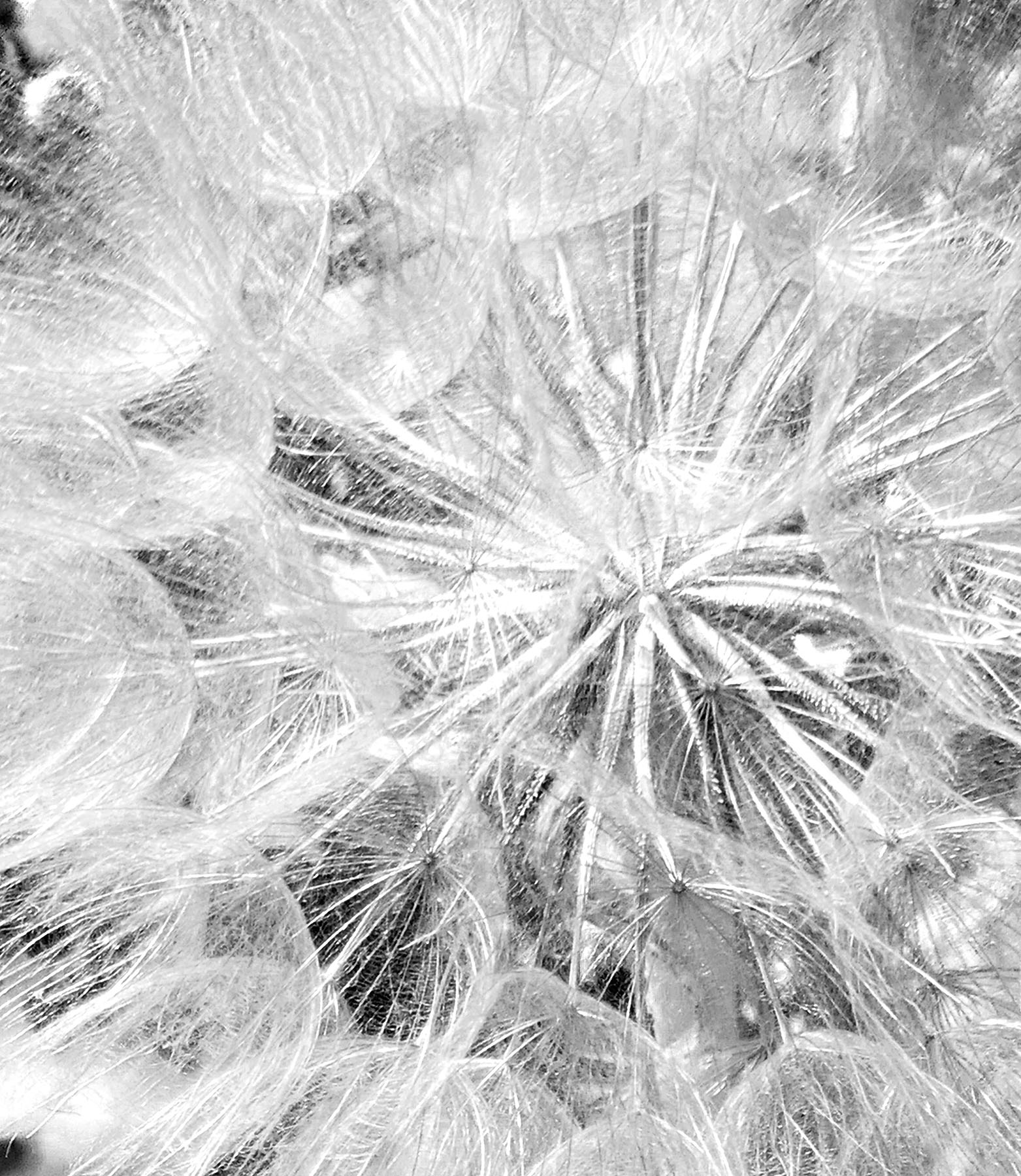I intend to keep my promise to write this week about nothing but uplifting, constructive or beautiful things that I find right under my nose. Here is the second installment, triggered by the beauty of thistles that are in full thistle-down stage in the meadows around me. The fluff formations always remind me of neuronal networks and so it was no coincidence that I ended up looking at neuroscience art. What I settled on, though, were not images, but a truly fun experience with language that you all can have as well.

Among the contestants of the 2021 Art of Neuroscience Contest was an entry by Simon Demeule and Pauline Palma from the University of Montreal/McGill University, an interactive program called
If you click the link it will bring up a few words of explanation and then the invitation to start writing – just type in your first line (no need to click anywhere) and you will see what unfolds. The program is an interactive poetic experience that explores themes of artificial intelligence, language, psychology, and intent. Here is their explanation:
Through a simple text-based interface, this piece creates a game of exquisite corpse between the participant and a text-generating AI, an altered version of GPT-2 trained on the vast Gutenberg English literature corpus. As the synthetic responses unfold, words cascade through all configurations considered by the algorithm, partly unveiling the black box process within. The human tendencies captured by the algorithm resurface, produced by a machine that fundamentally lacks intent.
As the participant is presented with ambiguity and absurdity, their cognitive ability to bridge gaps and construct meaning becomes the guiding force that steers the evolution of the piece. In turn, participant’s input feeds the algorithm, thereby prompting interpretation again. Through this cyclical, almost conversational process, a unique poem emerges.
This project was created through the Convergence Initiative, an organisation dedicated to encouraging interdisciplinary work between the arts and sciences.

I tried it out immediately and realized it would not give me the whole poem at the end. I then took screenshots of the evolution of the next “poem”. Here is what AI and I came up with, our combined brilliance now preserved for all posterity …(Their text on white background):







It is really a fun process if a little disjointed, so I tried once again. Note it is an AI program that was trained on literary Greats, randomly sampling and weighing and spitting out these words.







And here is a poem when a gifted, emotional, no-holds barred wordsmith attacks the thistle theme:
Thistles
by Ted Hughes
Against the rubber tongues of cows and the hoeing hands of men
Thistles spike the summer air
And crackle open under a blue-black pressure.
Every one a revengeful burst
Of resurrection, a grasped fistful
Of splintered weapons and Icelandic frost thrust up
From the underground stain of a decayed Viking.
They are like pale hair and the gutturals of dialects.
Every one manages a plume of blood.
Then they grow grey like men.
Mown down, it is a feud. Their sons appear
Stiff with weapons, fighting back over the same ground.

Can we all agree we should leave poetry to actual human beings on their own???
If you still have time and inclination, go back to the art of neuroscience site and look at the other entries – there is so much ingenuity to explore, photography and sculpture included. 175 contestants from over 20 countries submitted nearly 300 submissions, of which one winner and several honorable mentions and staff picks were published.

Album today is Robert Burn’s poetry set to music. The thistle is Scotland’s national flower.
